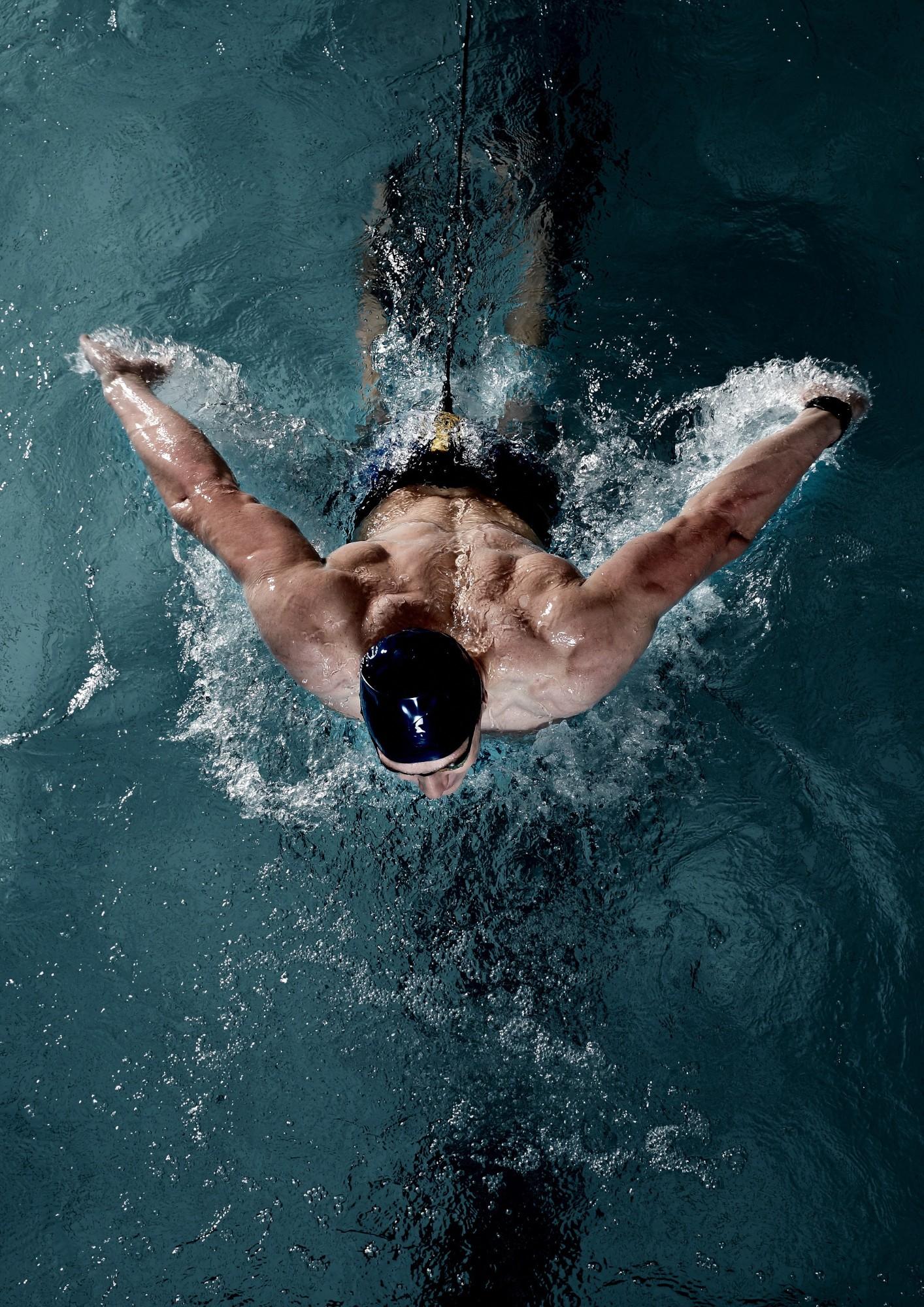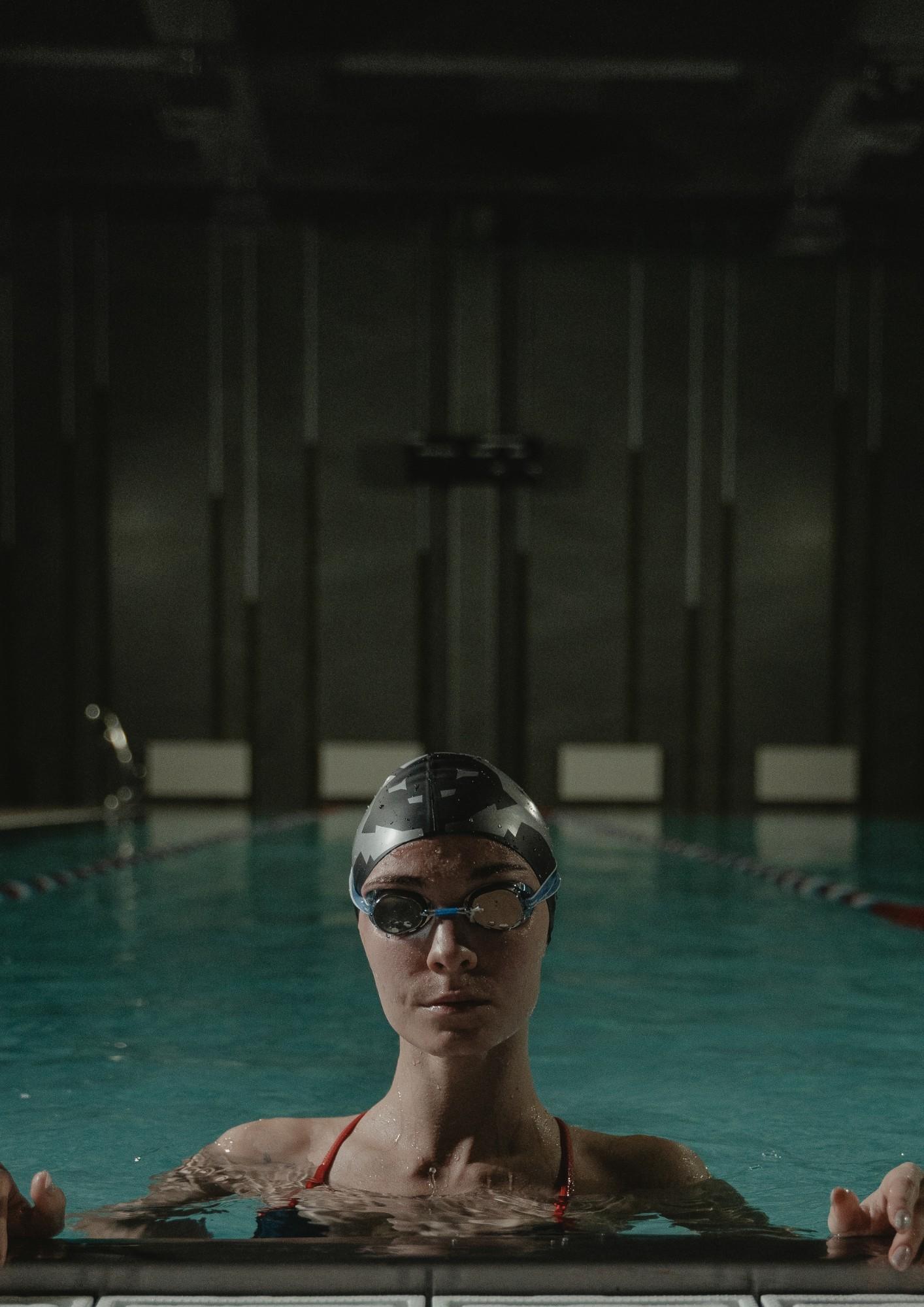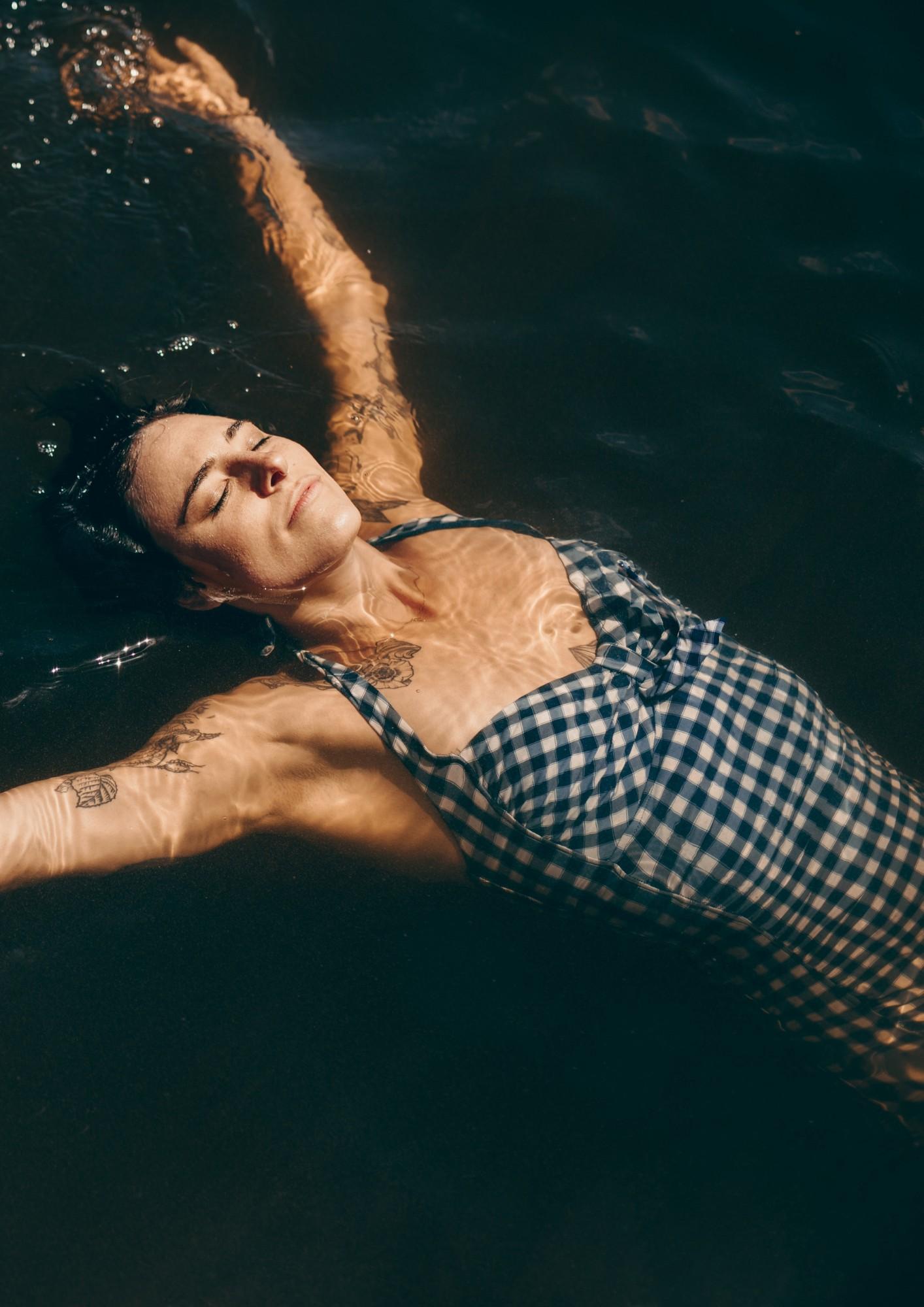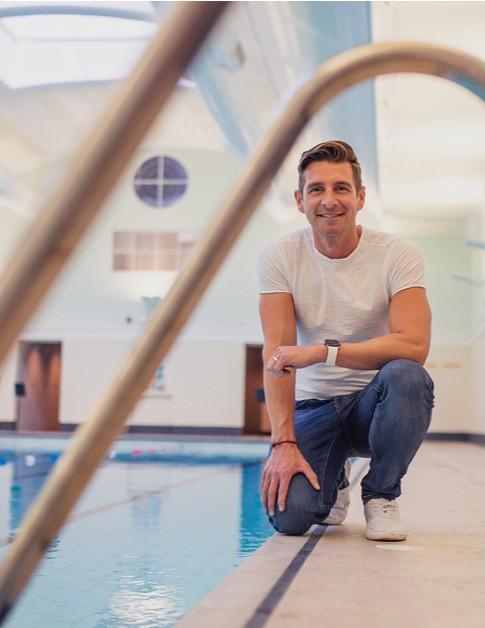Chris Cook Swim Jet







What a fantastic investment in your health, wellbeing and fitness you have just made. I’m excited to see where you take your swimming fitness and skills, so on that note I’m here to give you some hints, tips and little quirky tricks that can help you make the most of your swim jet.
Firstly, it’s worth just pausing to appreciate the fitness you will gain from swimming regularly as it has incredible health benefits. It will help to improve your lung capacity, improve cardiovascular circulation, muscular tone and strength whilst not overloading the joints or body, the benefits go on and on!
Secondly, (and this is a biggie!) swimming can create a space where mindfulness becomes your extra layer of under armour to approach your day. I’ve lost count of the amount of times I went into a swimming training session with a head full of thoughts and anxieties, but yet came out the other end of that session with a clear head, feeling energised to challenge my day. When the swimming training is right for you, then the benefits will be felt all around.
So, let’s get started on our hints and tips to get you started and enjoying your swim spa experience.
Chris Cook


The first place to start is to work out what you’d like to get out of the swim jet personally. This will be personal to you, so acknowledge it.
Remember, the first part of any journey is working out ‘Where am I going?’.
I urge people to write down their goals and make them meaningful. They have to mean something to you – personalise it. Some may want to turn up regularly and swim 2 – 3 – 4 times per week (or more) others may want to improve speed, stamina, strength.
Whatever the goal – write it down or put it somewhere that will remind you. I used to like writing my goals down on post it notes and putting them on the bathroom mirror. I knew I was going to be there brushing my teeth first thing in the morning and last thing before bed, these are great ways to motivate and remind ourselves that we have a goal and it’s not going to achieve itself.

Once you know what you want out of your swim jet (bear in mind these goals can change in time, so feel free to go through this process again whenever you need to) the next step is to make a start.
Like I always say to children learning to swim ‘you can’t get soaking wet from the word water… you have to get in and get started’.

At the start of every season, on the build-up to a brand new season of racing, we would spend the first few weeks gently breaking into the routine.

There is a temptation to go ‘guns blazing’ but this often doesn’t pay back in the long run. The important part about starting something new is that you are building the habit first and the fitness second. This is really important, because without the regular commitment, the fitness and the goals are just wishes.
It’s also worth noting that setting a deadline with your goal can be hugely beneficial, but don’t get too hung up on this for now! Just starting gently involves doing what you can right here right now and setting realistic expectations. If it’s only a few strokes, then so be it, start there, if it’s a full hour of swimming then so be it, start there.
Top Tip - here is ‘jump in at the point of joy’ and just enjoy making a start.
Many athletes make a journal of their fitness journey, writing down how they feel, what they found a challenge, what they are starting to find easy etc. anything they feel may help them to stay on track.
This helps when reassessing and resetting goals because you will have a live log recorded in the journal of exactly how you are feeling and doing.
It’ll also give you the chance to know when you may need to move things on and adapt your training again.

Let’s talk about variety because that’s what’s going to keep you interested. So, how can we vary it up?
There a plenty of ways in which we can vary it up. The first way is to change strokes and work different muscle groups to add extra elements to your training and swimming experience.
You can change strokes at any point in your session, but many swimmers use front crawl for their fitness and back crawl for their recovery.
This is particularly popular because on back crawl we can regulate our breathing easier because the face is out of the water – great tip for recovering the body back to normal(ish) breathing rates and resting state.

There’s also the chance to perform drills of each stroke to provide variety. This really changes up things up, it’s fun and can really improve certain aspects of your stroke.

As a swimmer I spent hours and hours each week working on specific drills to improve part of the stroke.
My main reason for learning news drills is that by breaking down the stroke into smaller parts, when we bring it all back together it can add real value to your technique.
Video yourself swimming! This is such an insightful part of swimming. By videoing yourself and watching it back you can gain so much information about how you are performing the stroke.
Even better if you can choose two or three different angles (Front – dead on! Side or above and also from a position behind you) to film.
You don’t have to be a swimming guru to be able to spot opportunities for better stroke. My best tip and I say this to my 1-2-1 clients all the time in the water is ‘tell me what you are seeing?’. I urge them to tell me what they see in their own terms. So, if their hand is slapping on the right more than the left then ‘say it’ note it down, it’s a good observation.

By looking at your technique from a different angle you can now start to match it up with ‘how does it feel?’.

The next step is to get back in and see if you can feel the hand slapping and adjust it slightly. Now you’re doing what I call ‘Improve and move’. You’re improving the skill or even your awareness of the skill (even just a little bit) and then moving it on.
It is amazing what you can achieve by adopting small changes like this.
Top tip here – try not to change too much here at once! Remember, getting fit is not a sprint, somethings in life take longer than an amazon parcel.
Next, let’s look at bringing in some equipment. Now then, there are a million and one toys you can take to a swimming practice, believe me, I was so excited whenever a new piece of equipment came out, but I’ll be totally honest with you, there are only a small handful of ‘Must have’s’ in any swimmers kit bag and here they are:
Kick board – This will allow you to work on your leg kick. Your leg kick, depending on the stroke, will generally only supply a smaller proportion of the propulsion compared to the arm stroke. That said, your leg kick can provide important propulsion still and can help stabilise the body, whilst providing a great chance for you to get fit in a totally different way.
Pull Buoy – These pieces of equipment are designed to be placed between your legs to a) support your body and make it more buoyant and b) isolate the legs so you can concentrate on the pulling action. With most Pull Buoys you can still kick if you are finding pulling only difficult.
Snorkel – The swimmers snorkel (not the holiday ones!) are great because they fix to the front of the head and allow swimmers to perform front crawl, especially, without breaking the stroke to breathe.

pair, the fins that are used for deep sea diving are very different to swimmers fins, go have a look and see, any good swimmers fin should finish an inch or two past where the toes end.

Another way to add variety to your swimming training is to work on different distances.

For example if you do 10 strokes per length in 25m swimming pool then four lengths of a swimming pool will be roughly 40 strokes.
You could swim 40 strokes at a certain pace then rest for 30 seconds/1 minute and repeat as part of a set. You could also increase the distance by increasing the amount of strokes you do per repeat.
Timing yourself at this stage might be something you’d like to consider so you can learn how long you are swimming each repeat for.
Increasing the intensity by increasing the pace of the stroke is a great way to elevate the heart rate and boost fitness.
You might want to consider choosing a much shorter distance but really putting the emphasis on exertion and picking the pace. This will add so much variation to your swimming fitness diet and could keep you interested.

Lastly, like every great journey, getting a plan makes it so much more fun, more effective and way more likely that you’ll stick to what you set out to do in the first place.
Even just a plan of when you’re going to swim, for how long and what strokes you may include could be a great start to stepping closer to your goals.
So, that leaves me with one last thing to say ‘happy swimming!’
Chris Cook
Get in touch with the orbro POOLS team:
Office: 01903 944594
Mobile: 07976 850522
Email: info@orbro.co.uk

Unit 5 Cottons Yard, Water Lane, Storrington, West Sussex, RH20 3EA
www.orbro.co.uk

